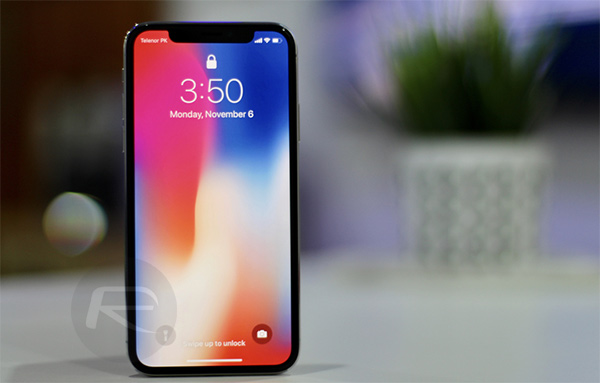A US judge has ruled that the FBI broke the law when it turned a phone on to see its lock screen. As a result, law enforcement will need a warrant to do so in the future.
According to reports. it’s said that checking phone’s lock screen for evidence constitutes a search, meaning a warrant is needed.

The ruling was made in a Seattle court and could have wide-ranging implications for law enforcement.
What is known is that on February 13, 2020, the FBI removed Mr. Sam’s phone from inventory, powered the phone on, and took a photograph of the lock screen. (See Dkt. No. 55-2 at 2.) The photograph shows the name “STREEZY” right underneath the time and date.
While the judge said that law enforcement could look at a lock screen during an arrest, doing so after the fact – pulling the phone out of storage, for example – requires the same level of process as any other search. That means a warrant is needed.
The FBI physically intruded on Mr. Sam’s personal effect when the FBI powered on his phone to take a picture of the phone’s lock screen. See United States v. Jones, 565 U.S. 400, 410 (2012) (plurality opinion) (holding Government searched a car by attaching a GPS device to the car); Bond v. United States, 529 U.S. 334, 337 (2000) (concluding Border Patrol agent searched a bag by squeezing it); Arizona v. Hicks, 480 U.S. 321, 324–25 (1987) (holding officer searched stereo equipment by moving it so that the officer could view concealed serial numbers).

Based on previous precedents the judge believes that a search was carried out without a warrant present, violating the 4th Amendment.
The relevance of the word “STREEZY” isn’t clear but it appears to be a nickname for the defendant. Lock screen data could hold all kinds of information that be useful during investigations though, whether that’s notifications from text messages or other data. Based on this ruling, none of that will be available to law enforcement without a warrant.
(Source: Ars Technica)
You may also like to check out:
- iOS 13.5 Jailbreak Unc0ver 5.0.0 Will Work On Every Signed iOS Version On Every Device
- iPhone SE 2 2020 Screen Protector: Here Are The Best You Can Buy Today [List]
- iPhone SE 2 2020 Case: Here Are The Best Ones You Can Get Today [List]
- Kodi 18.6 IPA APK Download For iOS 13 / iPadOS 13, Android Released
- Run Multiple 2 WhatsApp Accounts Number On 1 iPhone The Right Way, Here’s How
- Download: iOS 13.5 Final IPSW Links, OTA Update Released Along With iPadOS 13.5
- Jailbreak iPhone 11 Pro Max With Unc0ver 4.0.0 On iOS 13.3 Now
- Checkra1n For Windows Alternative: How To Use Ra1nUSB For iOS 13.3 Jailbreak
- Jailbreak iOS 13.4.1 / iPadOS 13.4.1 Using Checkra1n, Here’s How [Guide]
- Jailbreak: Downgrade iOS 13.5 To iOS 13.4.1 For Checkra1n Jailbreak, Here’s How
- Apple Watch ECG App Hack: Enable Outside US In Unsupported Country On Series 5 & 4 Without Jailbreak
You can follow us on Twitter, or Instagram, and even like our Facebook page to keep yourself updated on all the latest from Microsoft, Google, Apple, and the Web.

